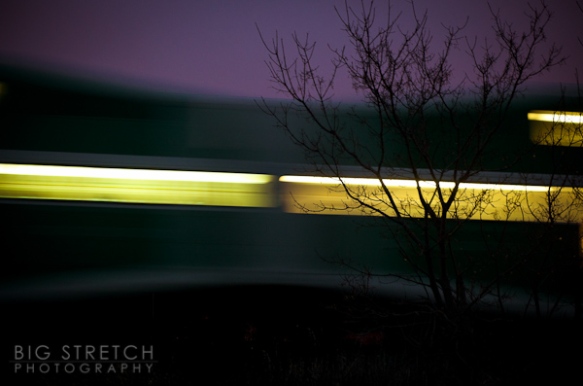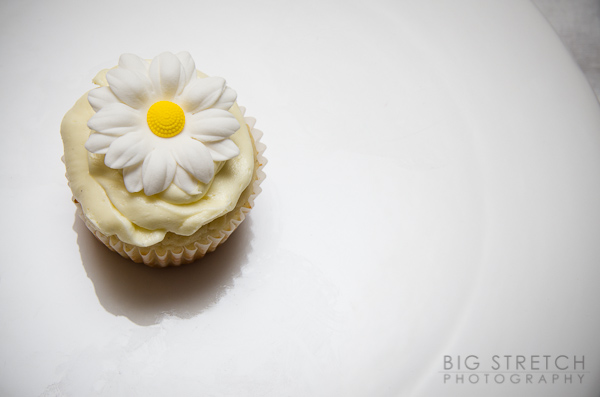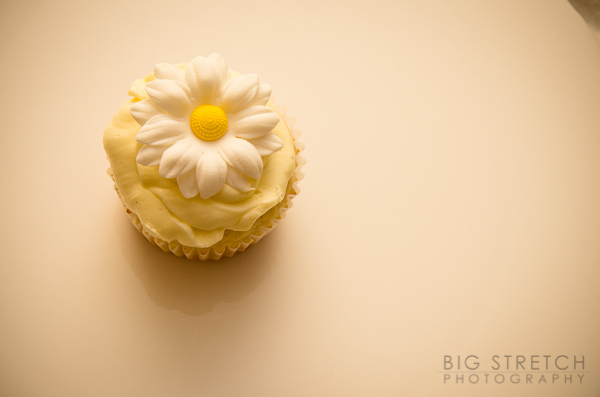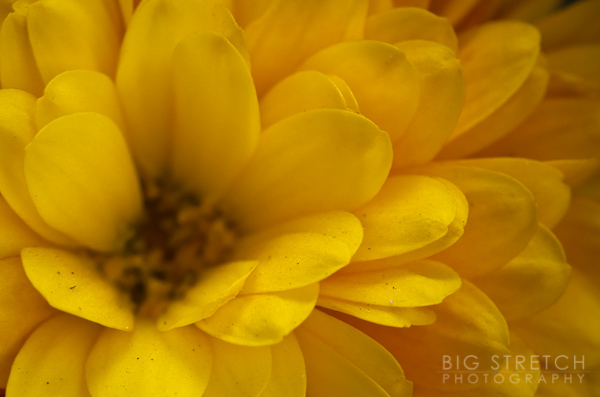There is a magic number in photography (what’s up with this guy and magic?). More specifically, there is a magic fraction in photography, and that number/fraction is 1/3 (one-third). It’s quite amazing how often this number comes up in the world of picture taking. Let’s explore some of the places it comes into play…

The Rule of Thirds. Use it!
First off, and probably the most important, is the “Rule of Thirds”. The rule of thirds is, for all intents and purposes, the cornerstone of a good photograph. Basically, it states that your subject should never be placed in the center of your frame, nor should your horizon be placed right across the middle of the frame. Use the tic-tac-toe looking grid above as a visual representation of the rule of thirds. When you take a picture, you should place your subject along one of the lines in that grid. Alternatively, if it is a small subject, or there is a specific point of interest, like an eye in a close-up portrait, you should place it where those lines intersect (the red dots). If we are talking about a landscape photo, you would place your horizon along one of the horizontal lines, depending on whether you want to accentuate, or draw attention to, the sky or the foreground. It’s a pretty simple concept that will take your photography to the next level.
The next place we find the magic number is in the increments of our shutter speed and aperture. By default, our cameras increase and decrease our exposure values in 1/3 stops. This can be changed on most cameras to increase/decrease in 1/2 stops as well, which is how the aperture used to be marked on lenses with an aperture ring.
Lastly, our magic number has a significant influence when focusing. Wherever you place your focus in a picture, you will have 1/3 in front and 2/3 behind that point in focus. This comes into play in most pictures we take, however it is probably most noticeable when taking landscape pictures. A common misnomer in landscape photography is where you should focus to ensure your picture is sharp from foreground to background. Most people assume that they should either focus on the farthest point in the picture (the horizon, for instance), or halfway into the picture. The correct answer here is (yup, you guessed it) 1/3 of the way into your picture to ensure sharpness all the way through.








